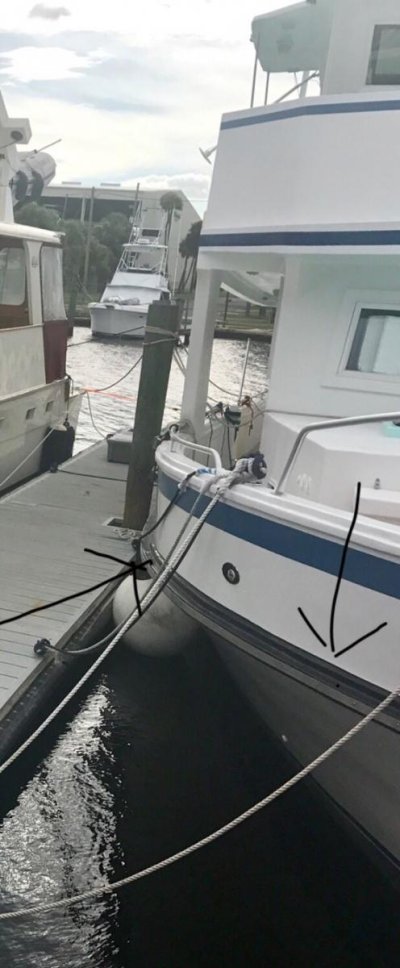sdowney717
Guru
- Joined
- Jan 26, 2016
- Messages
- 2,264
- Location
- United States
- Vessel Name
- Old Glory
- Vessel Make
- 1970 Egg Harbor 37 extended salon model

If you have been to Busch Gardens or a child's water park which has this multicolored rubber granule matting, it seems to be formed in place. It has a soft rubber feel and is very durable. Close up looks like many little rubber granules glued together.
Does anyone know what it is called, and has anyone used it on a boat deck?
Comes in many bright colors.
Considering other options besides putting some teak back on the deck.
Probably you can not buy as a DIY, the product is too good for consumer use.


 [/FONT]
[/FONT] [/FONT]
[/FONT] [/FONT]
[/FONT]